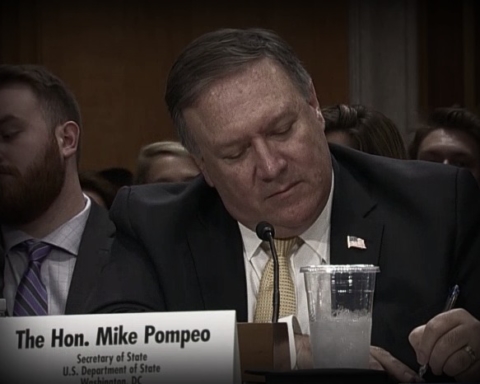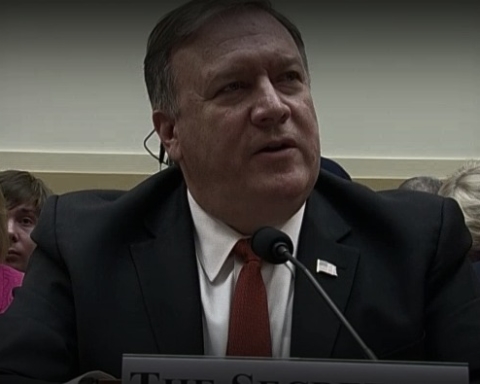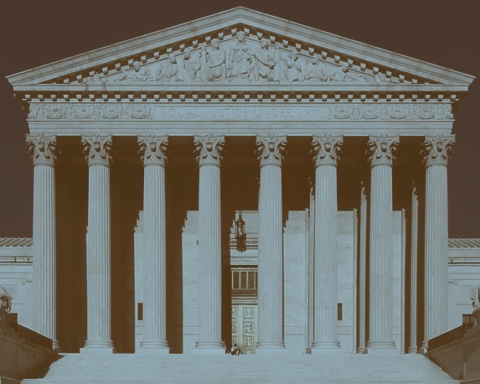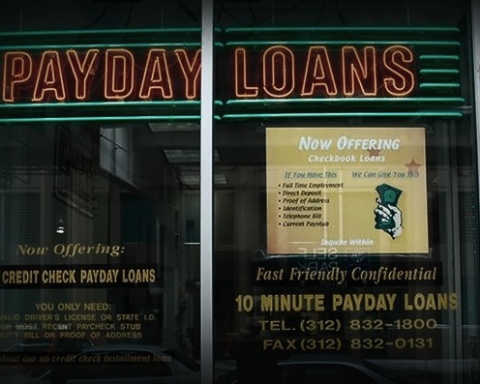With four months left in office, President Obama is staring down mounting judicial vacancies around the country. As a result of Senate obstruction, he will likely be the first executive in nearly two decades to leave office with federal district courts less staffed than when he was sworn in.
There are 673 district judgeships around the nation, and 75 of them are currently vacant. That’s an 83 percent increase from when President Obama took office, when there were only 41 vacancies, according to data from the Congressional Research Service (CRS).
That’s also a reversal of what happened during the presidencies of George W. Bush and Bill Clinton. From the first year to the eighth year of the Clinton administration, district court vacancies declined 55 percent to 42 from 93. Throughout the George W. Bush presidency, vacancies also fell—a 45 percent decrease to 32 from 58.
The analysis was provided by CRS for the benefit of lawmakers on Capitol Hill. It was released to the public by journalist Steven Aftergood with the Federation of American Scientists.
The report notes that of the 75 current open judgeships, nearly a third (24) have nominations pending before the GOP-controlled Senate Judiciary Committee. They’ve been awaiting consideration for an average of 203 days.
Most headlines have focused on the current Republican blockade against Supreme Court Justice nominee Merrick Garland, tapped to fill the seat left vacant by the death of Antonin Scalia. Appointments to the high bench are always fraught with partisan obstruction, however, the consideration of district court nominees have historically been routine procedure in the Senate.
Speaking to The Washington Post in June, the Judiciary Committee’s ranking member, Sen. Patrick Leahy (R-Vt.), blamed the delay on Republicans who had reversed previous customs on the panel.
“Deference to home state senators was no longer the norm,” he said. As a result “procedural delay after procedural delay quickly became the standard practice of the Republican caucus, whether they were in the minority or now in the majority.”
Leahy described it as a “vacancy crisis” in the judiciary.
The Administrative Office of US Courts does take the effort to label certain vacancies as “judicial emergencies” based on the number of filings in the district and how long the seat has been vacant. CRS reported that the office currently classifies 36 percent of the open judgeships as judicial emergencies—nearly of half have nominations pending before the Judiciary Committee.
If historical trends hold, the number of vacancies under Obama will likely increase further before he leaves office. Both Clinton and Bush saw slight increases in vacancies during their final year in office.
CRS also noted that six district judges have already announced plans to step down from the bench before President Obama leaves office next January.








